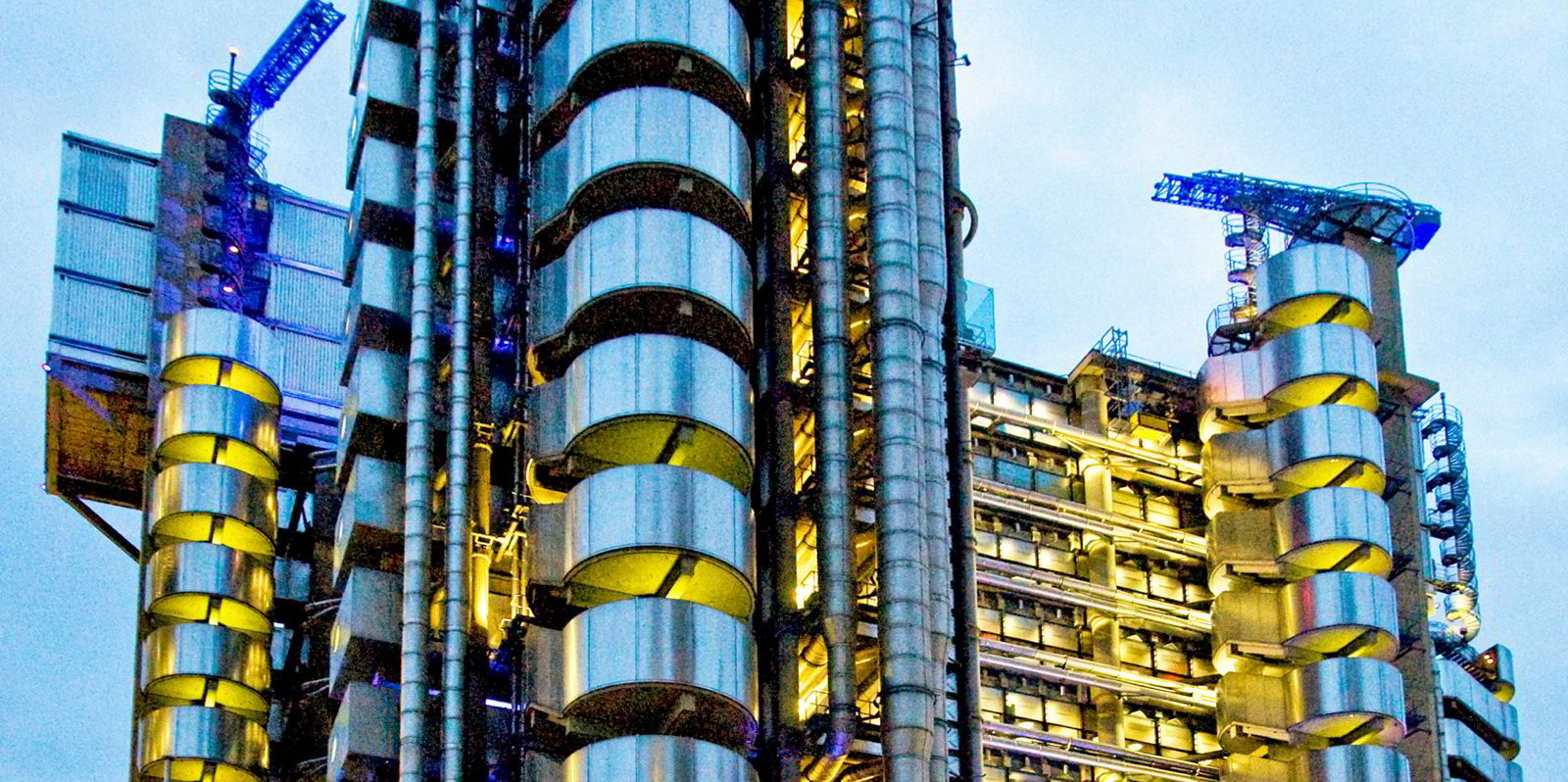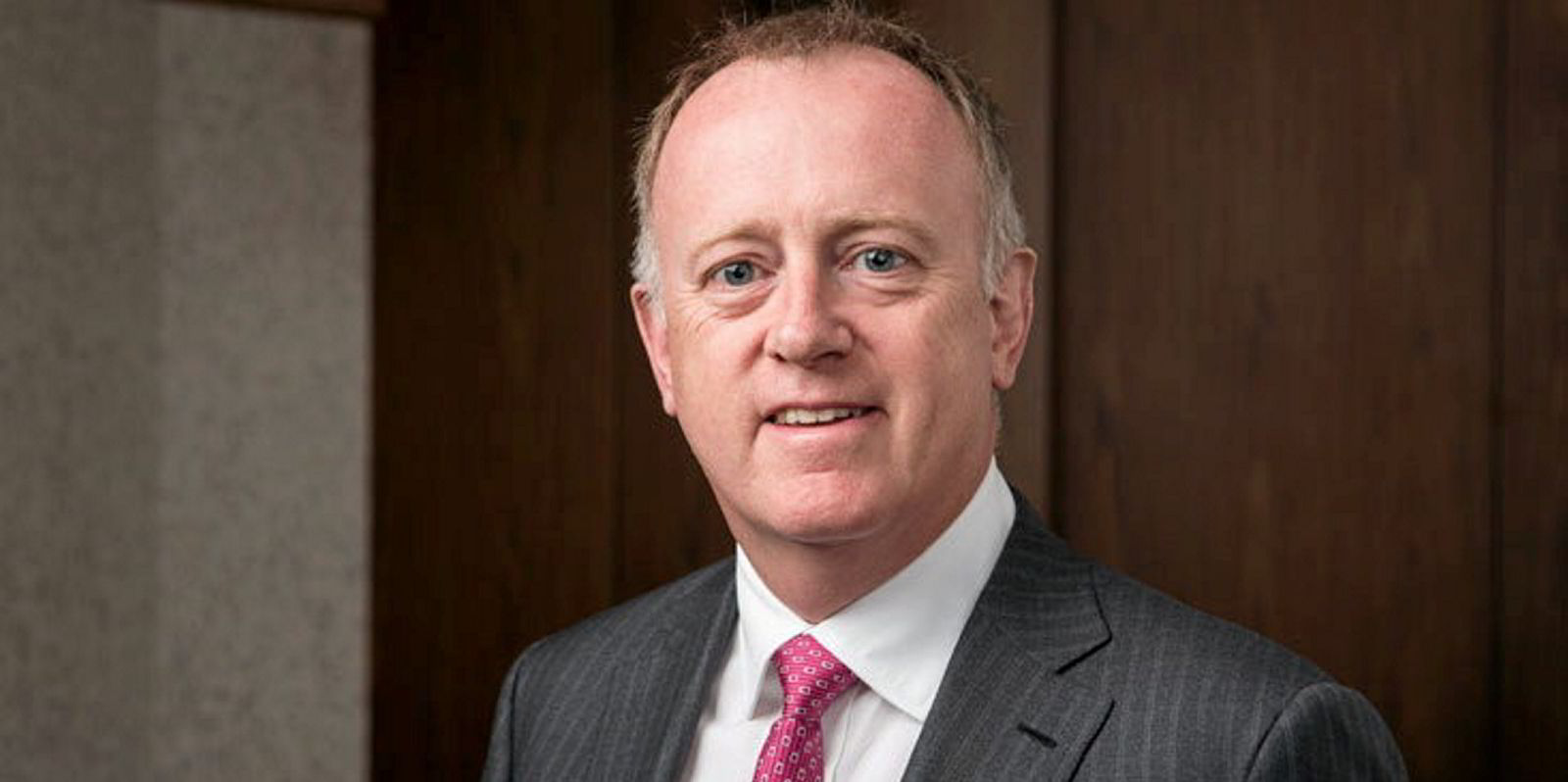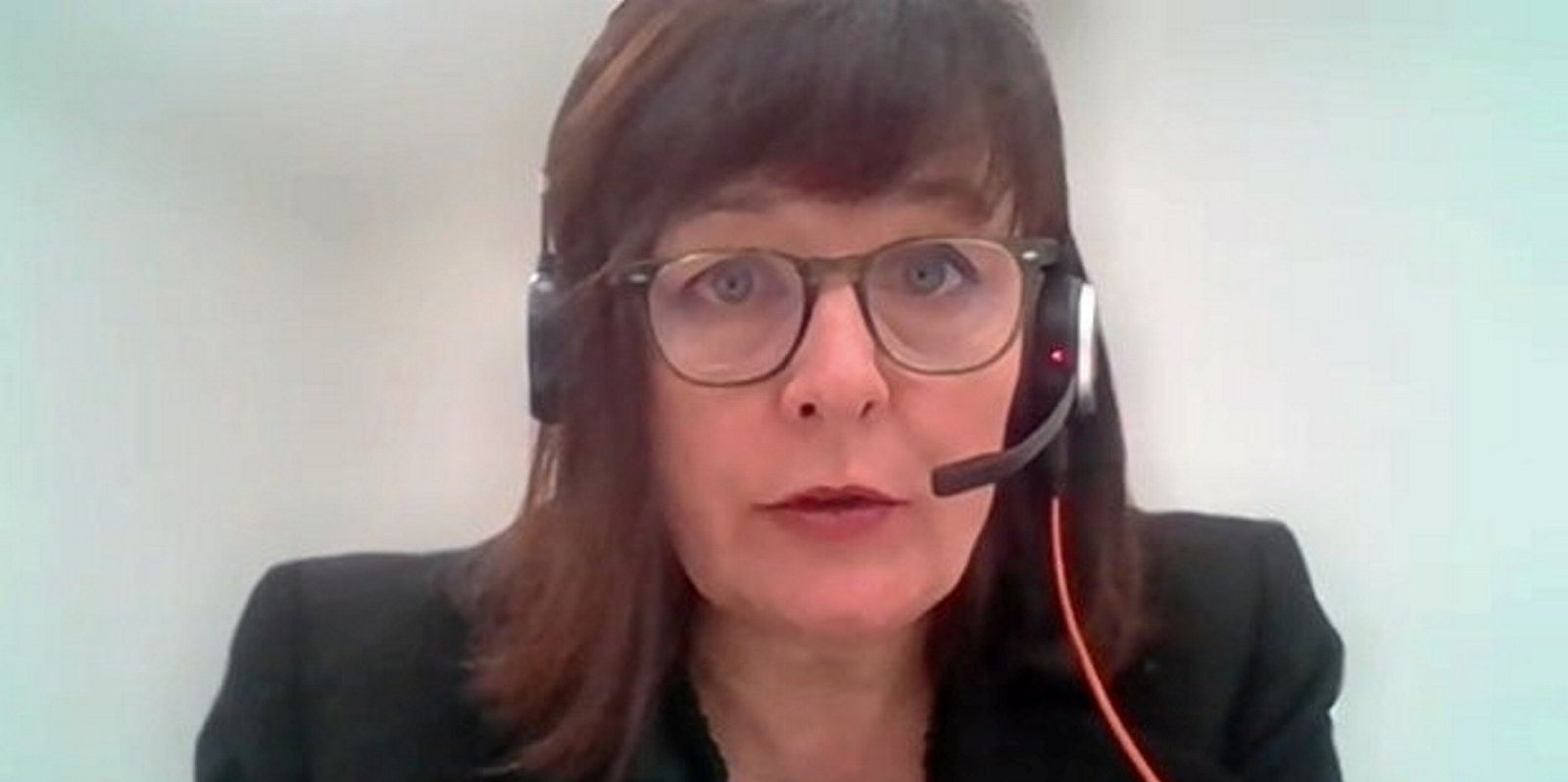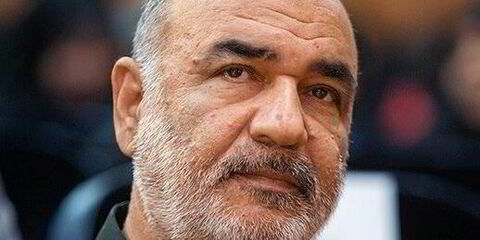Lloyd’s of London chief executive John Neal has promised to deliver a 40% cut in insurance costs on the back of the digitalisation programme Blueprint Two.
Speaking at the launch of the second edition of the programme, Neal said customers can expect improved policy placement, and claims performance, as the historic specialty insurance market looks to digital automation to secure its future.
“We will reduce the cost of business and the speed at which customers can recover from loss. It will be better, faster and cheaper,” he said.
Neal added that the new digital processes would allow cover to be placed in “seconds rather than weeks”.
One of the problems Neal is trying to overcome is the high cost of underwriting from the Lloyd’s market. He said Blueprint Two would significantly reduce underwriting costs.
“Market processing costs in the new digital world will reduce by at least 40% when compared to current services,” he said.
Lloyd’s is one of the leading subscription markets for marine insurance, and shipowners will be hoping the reduced underwriting costs quickly translate to lower premiums. Blueprint Two begins this year and will be completed in 2024.
Neal revealed that an agreement has also been secured to extend the Lloyd’s digital revolution into the wider London insurance market.
Insurance software company DXC Technology and the International Underwriting Association (IUA), which represents London’s non-Lloyd’s specialty insurers, have teamed up with Lloyd’s to create a digital engine room for London. The aim is to create a “single solution for the whole London market.”
Neal said the process would see the emergence of an “insurance marketplace that translates from a largely paper based analogue set of processes to one that is data focussed automated and cost efficient”.
The second phase of Blueprint Two has been launched to inform Lloyd’s market participants how to prepare for the new digital process and when to adopt them.

UK press reports have also suggested that Lloyd’s could quit its iconic office in the heart of the City of London as early as 2026 when it has a break clause in its lease.
Lloyd’s has occupied the building, owned by Chinese insurer Ping An, since 1986.
Lloyd’s has been reviewing its future there since it successfully operated remotely when the Covid-19 lockdown forced the closure of its underwriting floor.(Copyright)




